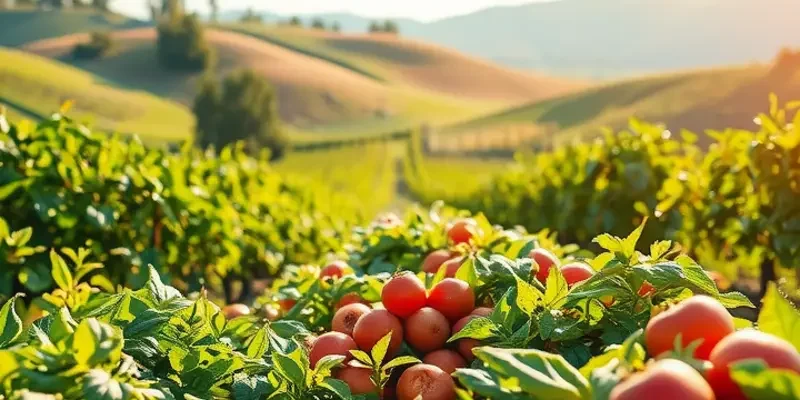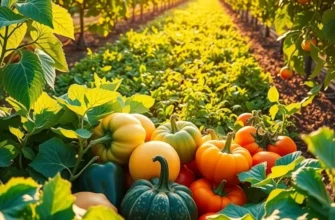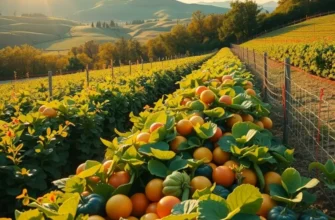Creating an environmentally aware kitchen begins with simple yet impactful habits. By embracing sustainable practices, we can reduce food waste, minimize energy consumption, and make conscious ingredient choices. This guide offers practical routines to help individuals make eco-friendly food choices while also enhancing their culinary experiences. Together, these small adjustments can lead to significant change in our homes and communities, nurturing both our bodies and the planet.
Sustainable Sourcing: Choosing Local and Organic Ingredients
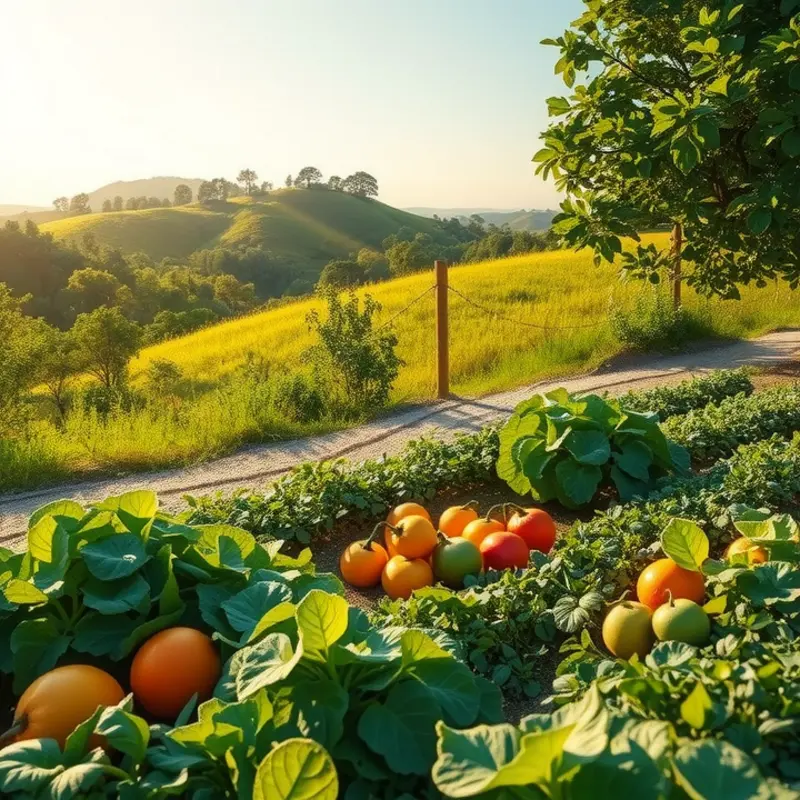
Embracing sustainable sourcing in your kitchen starts with understanding the profound impact your ingredient choices have on the environment. Local and organic foods are more than just a trend; they are a commitment to eco-friendly practices that nurture our planet. By opting for local produce, you reduce the carbon footprint associated with transportation, as these goods travel fewer miles from farm to table. This means fresher food, as well as less reliance on fossil fuels. Local sourcing supports community economies, fostering closer relationships between consumers and producers.
Choosing organic ingredients further reinforces sustainability. Organic farming eschews synthetic fertilizers and pesticides, reducing the chemical burden on soil and waterways. These practices promote soil health, increasing its ability to sequester carbon and nurture biodiversity. Healthy soil is crucial for vibrant ecosystems, supporting diverse plant and animal life crucial for ecological balance.
Access to fresh, local, and organic produce is increasingly manageable. Farmers’ markets are vibrant community hubs where seasonal produce is abundant. They offer an opportunity to interact with farmers, gaining insight into their growing practices while supporting their livelihoods. For longer-term sustainability, consider joining a community-supported agriculture (CSA) program. CSAs provide regular deliveries of fresh produce, often alongside newsletters or events that connect members to the farming process.
For those eager to deepen their connection to their food sources, backyard gardening offers a rewarding venture. Cultivating your own fruits, vegetables, and herbs transforms your backyard or balcony into a sustainable haven. Not only does this reduce your environmental footprint, but it also contributes to food resilience during supply chain disruptions.
Organic farming practices extend beyond the absence of chemicals. Crop rotation, intercropping, and composting are techniques that enhance soil fertility and pest resistance naturally. These methods underscore the vital relationship between agriculture and biodiversity, ensuring healthy pollinator populations and preserving plant genetic resources essential for food security.
To incorporate sustainable sourcing into your kitchen routine, start with one ingredient at a time. Swap conventionally grown staples with organic alternatives and explore the varieties available at your local market. Gradually expand your repertoire by replacing imported goods with those produced closer to home, supporting nearby farmers and artisans.
For more on reducing waste and maximizing produce longevity, explore our eco-smart kitchen storage tips. Building a sustainable kitchen is about conscious choices. By integrating local and organic ingredients into daily life, you not only elevate your meals but also ensure a healthier planet for future generations.
Waste Not: Embracing Zero-Waste Cooking Techniques
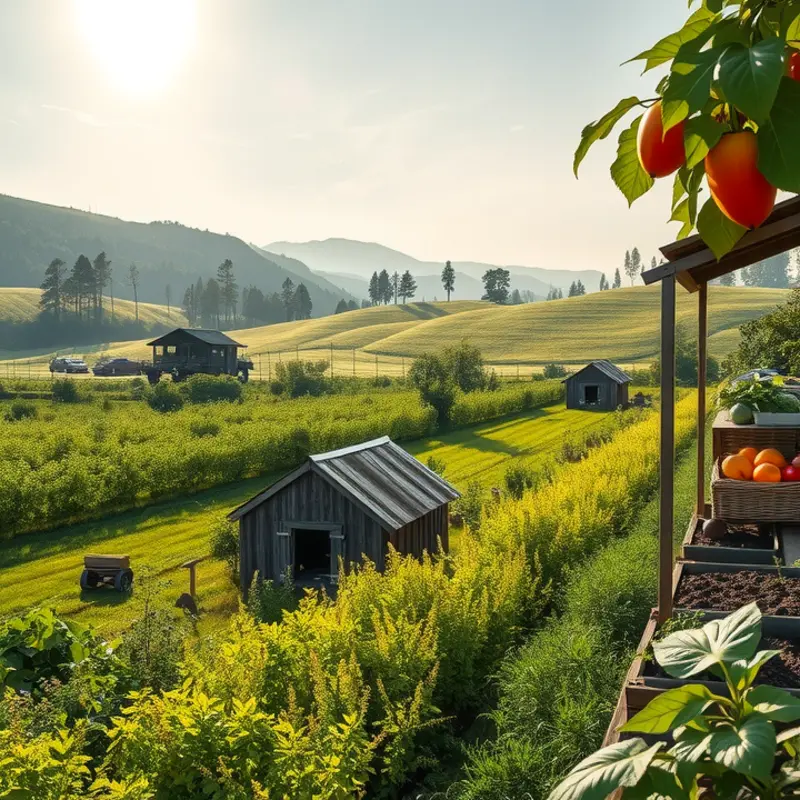
Waste Not: Embracing Zero-Waste Cooking Techniques
Cooking sustainably begins with a zero-waste mindset. By maximizing the use of each ingredient and minimizing waste, we support both the environment and our culinary creativity. Here are practical techniques to guide you in reducing food scraps in your kitchen.
Start by reevaluating how you use your ingredients. Vegetable stems, peels, and even seeds can transform everyday dishes. For instance, broccoli stems, often discarded, make a delightful addition to a stir-fry or can be roasted as a side. Citrus peels add zest to desserts or cocktails and can infuse vinegar for natural cleaners.
Moving beyond basic utilization, turn your scraps into flavorful broths. Save onion skins, carrot tops, and celery leaves in a freezer bag until you have enough to simmer a homemade broth. This method not only economizes but also enriches your meals with deep flavors unparalleled by store-bought varieties.
Leftovers are opportunities, not burdens. Repurpose leftover grains into savory breakfasts or reinvent last night’s dinner into a completely new dish. Leftover cooked vegetables can be added to omelets or used in a hearty soup. Websites on creative recipes and ideas can inspire you further.
When it comes to meat, embrace nose-to-tail cooking. Bones can produce rich stocks, while less popular cuts make for sumptuous stews or braises. This approach reduces waste and encourages diversified protein intake. If adopting plant-based practices, consider easy plant-based eating methods to complement waste-reduction strategies.
A key component in zero-waste cooking is effective storage. Proper organization can prolong the life of your ingredients, reducing wastage over time. Mastering the art of storing sauces or incorporating minimal prep techniques ensures your groceries are fully utilized and stay fresh longer.
Finally, composting is indispensable in this eco-friendly routine. Whatever scraps escape your culinary creativity can still give back to the earth. Composting not only reduces landfill waste, but it also enriches the soil, fostering nutrient-rich gardens.
Embracing zero-waste cooking requires a mix of practicality and imagination. By honoring every part of our food, we actively participate in a more sustainable, conscientious lifestyle. Transform your kitchen into a place where waste is minimized, and each ingredient is celebrated.
Final words
Embracing environmentally aware kitchen routines is more than just a trend; it’s a commitment to making a positive impact on our planet. By sourcing sustainable ingredients and incorporating zero-waste cooking practices, you’re not only nourishing your body but also protecting the environment. Each conscious choice contributes to a broader movement toward sustainability. Empowered with these strategies, you can create a kitchen that reflects your values while enjoying delicious, healthy meals. Remember, every small step counts on your journey to an eco-friendly lifestyle.

